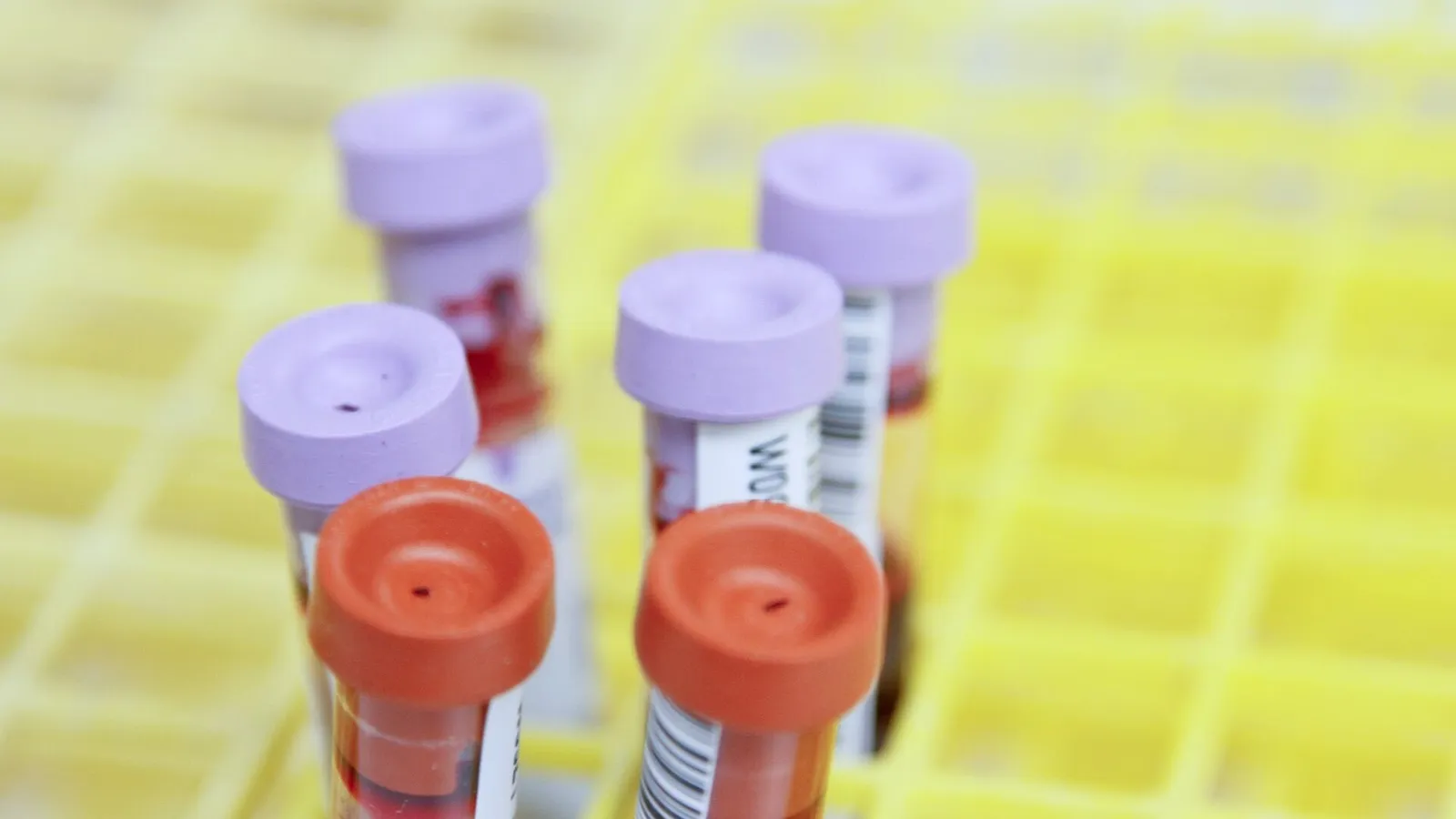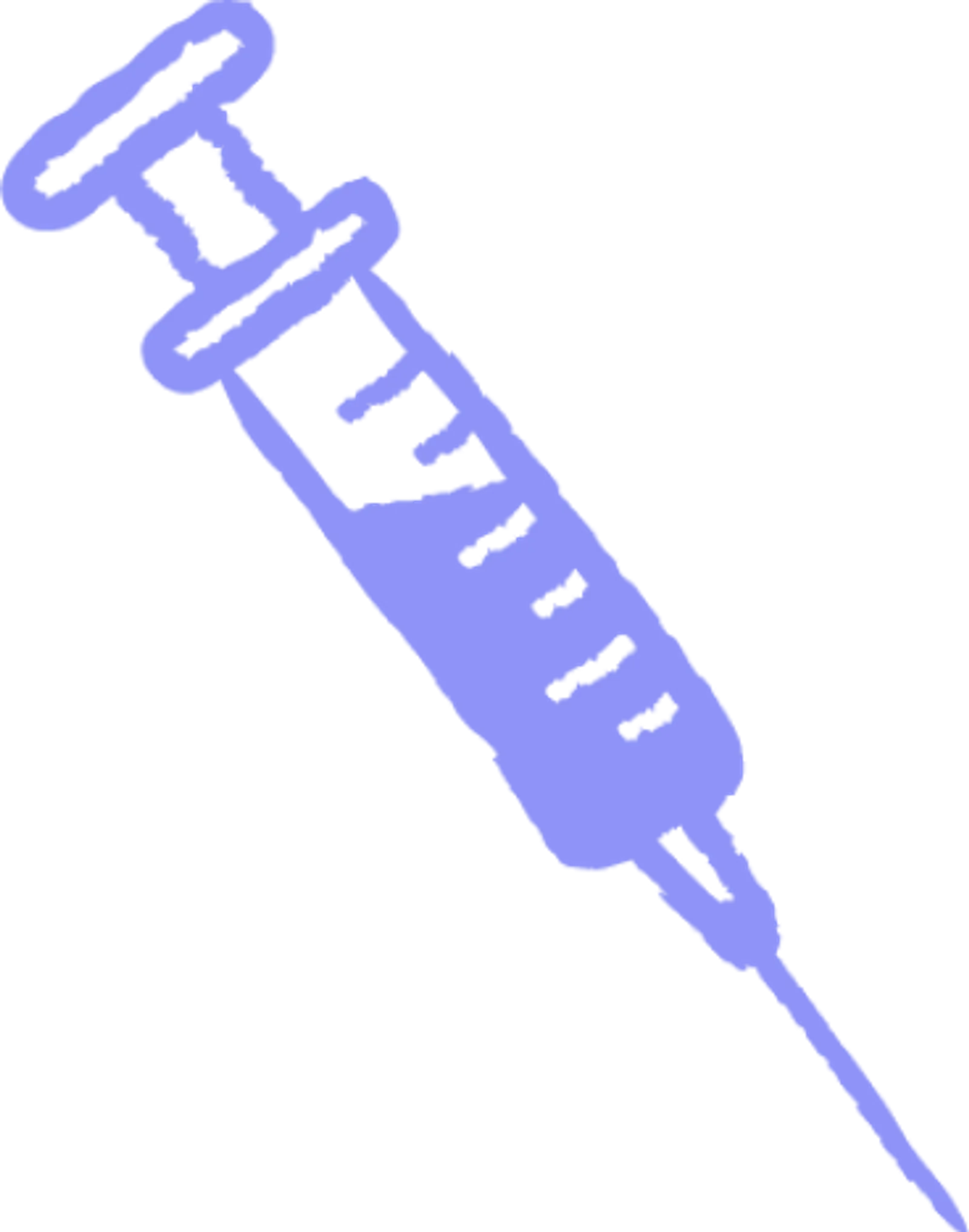Plasma 101
Who: Eligible donors between 18 and 63 can earn up to $560 a month in NY and up to $770 a month in FL.
What: Plasma is the yellow part of your blood that replenishes naturally.
Where: Queens, Brooklyn, The Bronx (NY), and Ft. Pierce (FL).
Why: Get paid to donate and help treat bleeding disorders, immune deficiencies, and more.
When: No appointment needed—walk in anytime before closing.
What Is the Difference Between Blood Donation and Plasma Donation?

At Olgam Life, we’re on a mission to collect plasma donations from our incredible donors to help give people with select deficiencies and diseases a chance at a better life. But plasma isn’t the only thing you can donate. In fact, the chances are that you heard about blood donation before you heard about plasma donation.
Plasma and whole blood are both vital to saving lives and giving people happier, more secure, and independent living situations. So, what exactly is the difference between plasma donation and blood donation? Let’s find out in this article.
What is whole blood?
The liquid in your veins is known as whole blood. This is made up of several components that all have unique functions that help your body perform to the best of its ability. The main functions of the whole blood are:
To transport oxygen, antibodies, and nutrients from the lungs to the rest of the body.
Removing waste from parts of the body and taking it to the liver and kidneys to be excreted.
To stop blood from leaving the body through wounds by creating clots.
Regulating the temperature of the body.
The whole blood is made up of several components, which are:
Red blood cells: also called erythrocytes, the primary role of red blood cells is to transport oxygen to parts of the body and remove carbon dioxide to the lungs to be excreted.
Platelets and white blood cells: the primary function of platelets is to control bleeding and stop the body from losing blood. White blood cells are responsible for helping the body fight and prevent infection.
Plasma: made up of water, proteins, salts, and other nutrients. Plasma is the majority component of the blood and acts as a carrier, transporting important components to and from areas of the body.
What is a whole blood donation?
In a whole blood donation, blood in its entirety is taken from the donor. This includes red and white blood cells, platelets, and plasma. When a whole blood donation is collected, the blood is stored in a sterile bag and kept chilled until it can be processed and tested to ensure it’s safe to use.
Whole blood can be stored for around 21 to 35 days until it needs to be used up. Every two seconds in the United States, someone needs a blood donation. Hospitals and healthcare facilities keep some whole blood on-site for use immediately when a casualty comes in. They may also order more at certain times, like in cases of mass casualties.
What is a whole blood donation needed for?
Whole blood donation is versatile because the blood can be transfused complete or separated into its individual components, which are then used for different treatments.
The primary use for a whole blood transfusion is to treat someone who has lost a large quantity of their own blood, perhaps as a result of trauma or surgery. Often, whole blood is separated so the person can receive the necessary component. This means each whole blood donation is used to its maximum potential, as one blood donation can be used to treat multiple people.
But whole blood is still also used in its original form. Here are some uses for whole blood.
Use | Details |
Surgery | During surgery, such as organ transplants and childbirth, a patient can lose a lot of blood through surgical wounds, so they might need a blood transfusion during the operation to ensure they don’t lose too much blood. |
Trauma | Trauma can result in massive blood loss. Losing blood through a large wound could be fatal as the casualty won’t be able to produce new blood to replace it fast enough. Blood transfusions can help top up vital elements like red blood cells and help the casualty’s body form clots. |
Terminal illness | Blood transfusions are used to save people’s lives, but they’re also used to help people with terminal illnesses live more comfortably and improve their quality of life. Healthy blood can be given to patients with illnesses with no cure to give them more energy and a boost of essential components that help their bodies function. |
Medical conditions | Blood disorders like anemia mean people naturally produce less of a vital blood component and need transfusions, either to survive or to help them lead a more comfortable life. |
Research | Both blood approved for recipients and rejected blood are used in medical research to develop new treatments and in testing. |
What is plasma donation?
The plasma donation process involves drawing your whole blood and then separating the plasma from the remaining components (the red and white blood cells and platelets), then returning those remaining components to your bloodstream with some sterile saline solution.
When a plasma donation is collected, it is tested to ensure it is safe to use. The plasma can then be stored frozen for up to a year before being thawed and used in a healthcare facility. Plasma is usually broken down into components like immunoglobulin, which means it doesn’t always need to match the recipient's blood type.
What is a plasma donation needed for?
Plasma carries nutrients like proteins, salts, and enzymes around the body. It also carries red and white blood cells and platelets around the body so they can do their jobs. Plasma can be given directly as a transfusion, or it can be further broken down into smaller components and used to create medicines and treatments.
These two main uses for plasma are ‘blood components’ and ‘plasma medicines’. Here are some common uses.
Use | Details |
Trauma | Plasma makes up roughly 55% of the whole blood, which means casualties with significant blood loss have highly depleted plasma that must be replaced to help the other components function properly. Plasma will also help the body form clots to prevent losing more blood. |
Surgery | Similar to trauma, patients with major surgical operations could lose a large amount of blood and may need a plasma transfusion during their operation. |
Medicines | Plasma is used for platelet-rich and protein-based treatments. In platelet-rich treatments, plasma is combined with platelets to help injuries heal more efficiently. Protein-based therapies use Alpha-1 Proteinase Inhibitors, C1 Esterase Inhibitors, and Immunoglobulins to treat conditions like immunodeficiencies and other life-threatening deficiencies, such as ALPHA-1 Antitrypsin Deficiency that causes chronic emphysema and liver damage. |
Are there other types of donations?
Whole blood and plasma aren’t the only types of donation you can give, and they certainly don’t limit the treatments available to people awaiting human-based therapies. Here are some other donations that help save lives and allow people to live more comfortably:
Platelet donation: a dose made up of platelets only. Because platelets comprise a very small portion of the whole blood, donations from several donors are collected together for this type of transfusion. Platelets stop the body from losing blood by forming clots. A platelet-only donation might be used to help patients in surgery, such as organ transplants and patients receiving cancer treatments.
Red blood cell donation: a dose of red blood cells only. Red blood cells are separated from other components in the whole blood in the same way plasma is harvested. A red blood cell donation is used to help casualties with significant blood loss, newborns and mothers in labor, and people with conditions like sickle cell anemia.
Check our blog for more easy-to-digest guides on plasma and blood donation.
Can I Still Give Plasma Having Just Had COVID?
What Are Some Side Effects When Donating Plasma?
When Did Plasma Donation Start in the US?
A Guide for What Plasma Donations Are Used for
Not all donation centers are the same. You can donate different things to different centers. Before you decide to donate plasma, you should get a good idea of what excludes you from donating, how frequently you can donate, and what to do and not do to make the experience the best it can be for you.
There are hundreds of plasma donation centers across the US. But Olgam Life offers donors some of the best service and perks, including instant payments, referrals, and top-notch service when you visit. Find a plasma donation center near you, or check our careers page if you’re interested in helping us on our mission. Send us a message if you can’t find the information you’re looking for on our website.
















